
There were times when residents of different regions shared their success in growing certain plants in their gardens and gardens. Sometimes they were entire articles, and experts only commented on the data provided by the reader. It was in such materials that the most interesting details often happened to be read, and it was in this way that my acquaintance with the plant in question, Aralia elata, took place.
Despite the undoubted advantages of the plant itself, the article also attracted the special style of the author, who spoke very vividly about Aralia elata. It grew under the pines, and the author poetically described how spectacular it was in autumn against the background of pine trunks, admired its giant leaves and compared it to a palm tree, which was both funny and interesting. In General, he did everything to make me intrigued.
However, Amateur gardeners then were not spoiled by today’s abundance of planting material, and it was not easy to see firsthand the plant about which such a wonderful story was read. It was only years later that I happened to meet him in an old garden. And I must say that the story in the magazine was so vivid that even years later, when I finally saw Aralia elata, I immediately realized that it was her, that I had read about her once, although there were no labels or comments from the owners of the site. Well, the author did not deceive — the plant conquered with its exotic appearance.
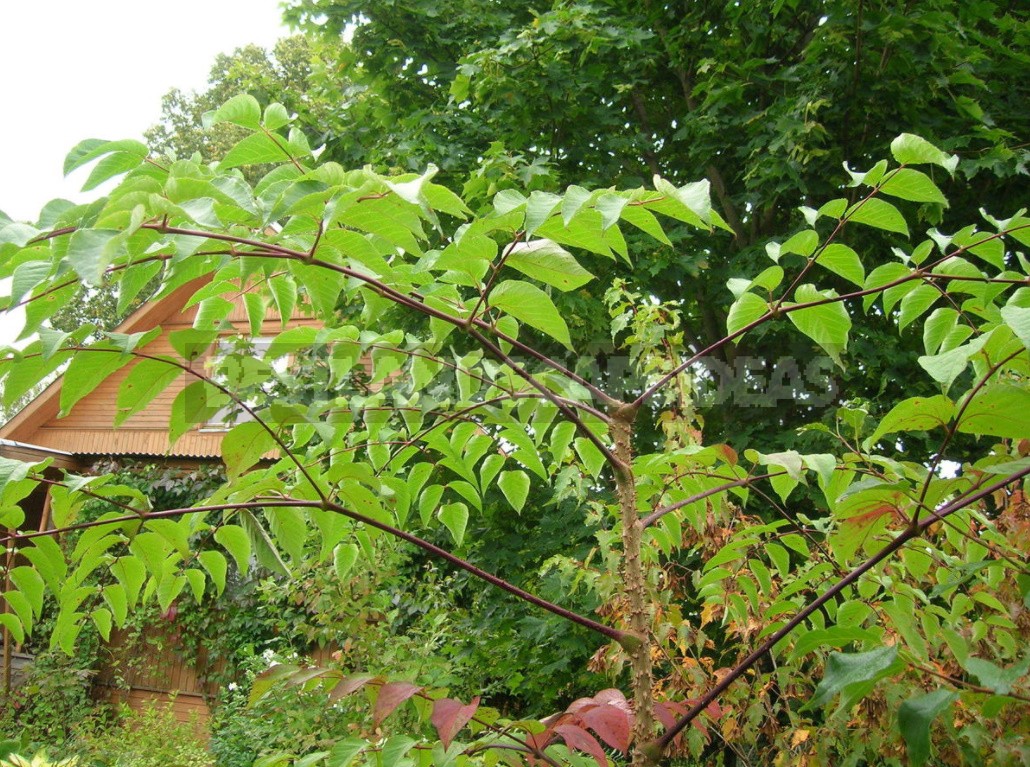
The first thing you pay attention to is the leaves. I do not immediately think of any woody plant that is stable in the middle band, whose leaves, like those of Aralia elata, would reach more than a meter (!) in length. At the same time, they are difficult-feathery!
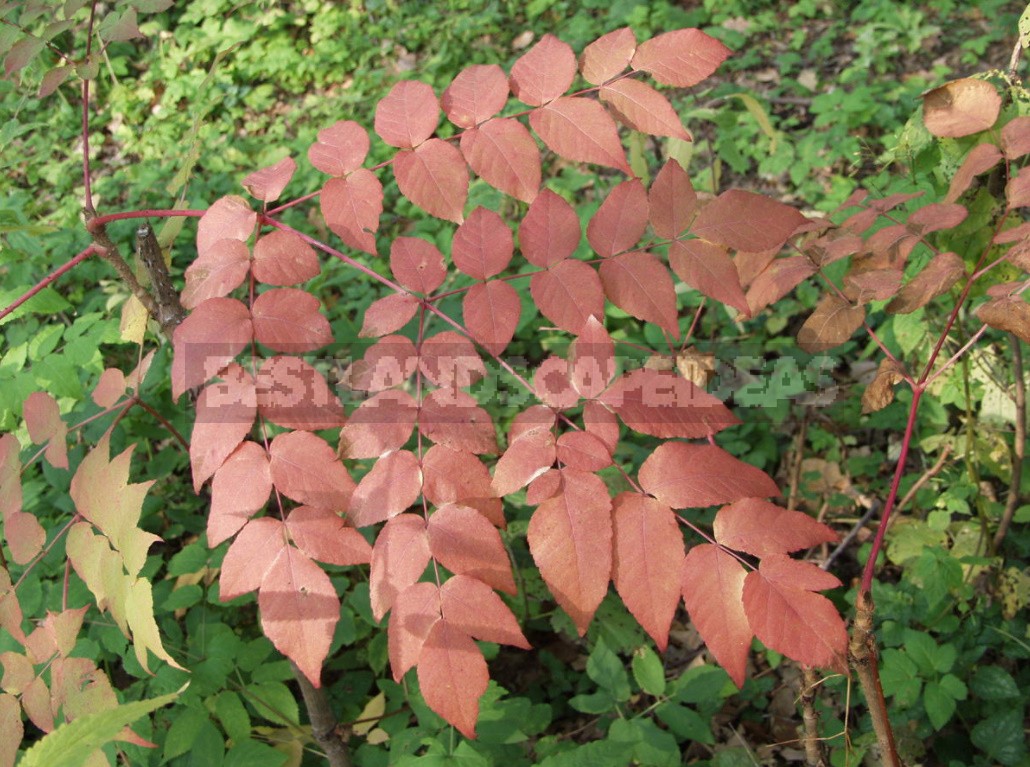
In autumn, Aralia elata can simultaneously see lemon, beetroot, and ruby-colored leaves, which makes it very elegant, especially against the background of young fir crowns or orange trunks of adult pines. The leaves do not grow along the entire length of the shoot, but only on its top, because of their size, forming umbrellas, and each shoot is crowned with such an umbrella. Now I can see why that magazine gardener thought it was a palm tree.

No less interesting are the trunks – they are richly covered with thorns. The spines are unusual: they are slightly curved at the tips, so they do not prick, but rather cling like fishhooks. It is no accident that this shrub has the name “hold-tree”: if you get caught by clothes, the plant will not let go immediately. This feature turns out to be one disadvantage: Aralia elata sometimes gives root growth, and it is difficult to fight it precisely because the shoots, despite their youth, are abundantly covered with spines.
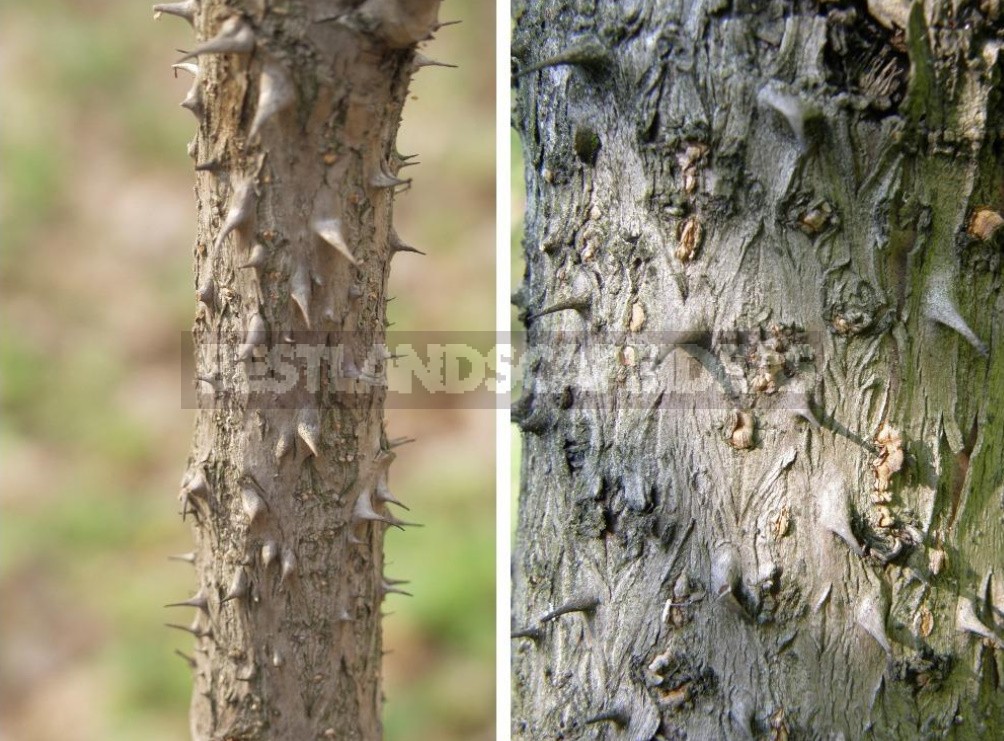
It should be noted that the shoots of Aralia elata are very poorly branched, and the main volume of the crown is given by large leaves. And when they are not, alas, you can assume that there is no plant: you can not count on at least some decorativeness of it in the winter.
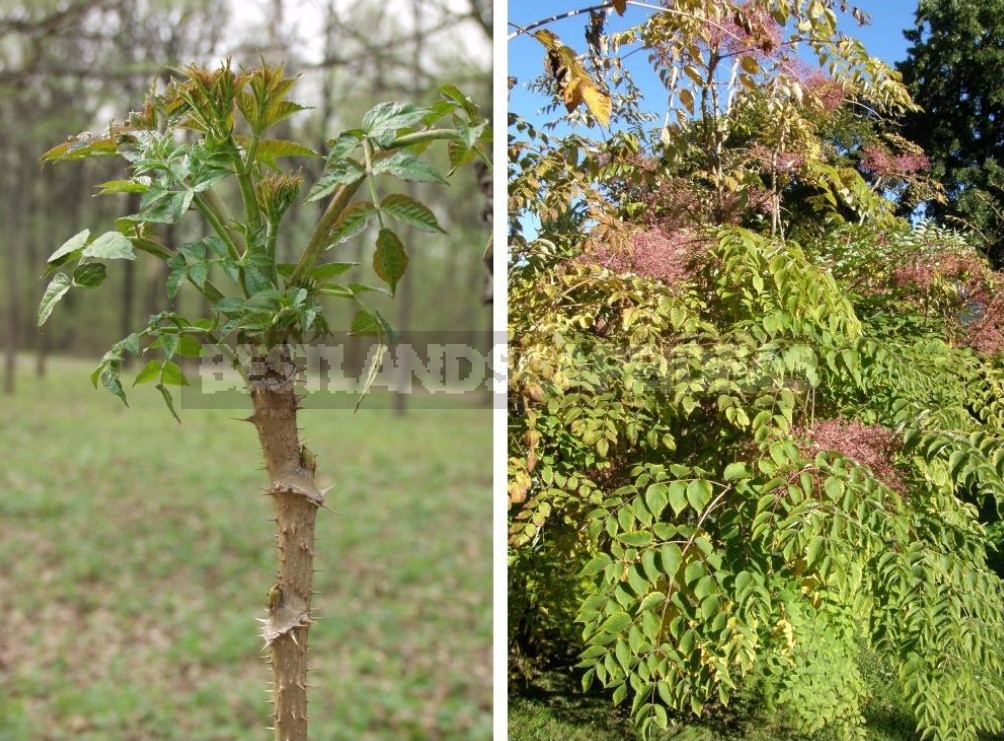
It is for this reason that I would not recommend using Aralia elata in hedges, although it would seem to be so prickly that it is still necessary… But this hedge looks too thin in winter. And summer is not the best option: it was already said above that the crown resembles an umbrella, and the fence is still, in theory, a “wall”, and not a “roof” at all.

However, the flowers that appear in August more than compensate for the winter unattractiveness of the leafless Aralia elata. The flowers themselves are small, five millimeters, but collected in fairly large, up to 30 centimeters, cream-colored inflorescences. They effectively crown the shoots, being in the very center of a rosette of huge leaves that diverge to the sides.
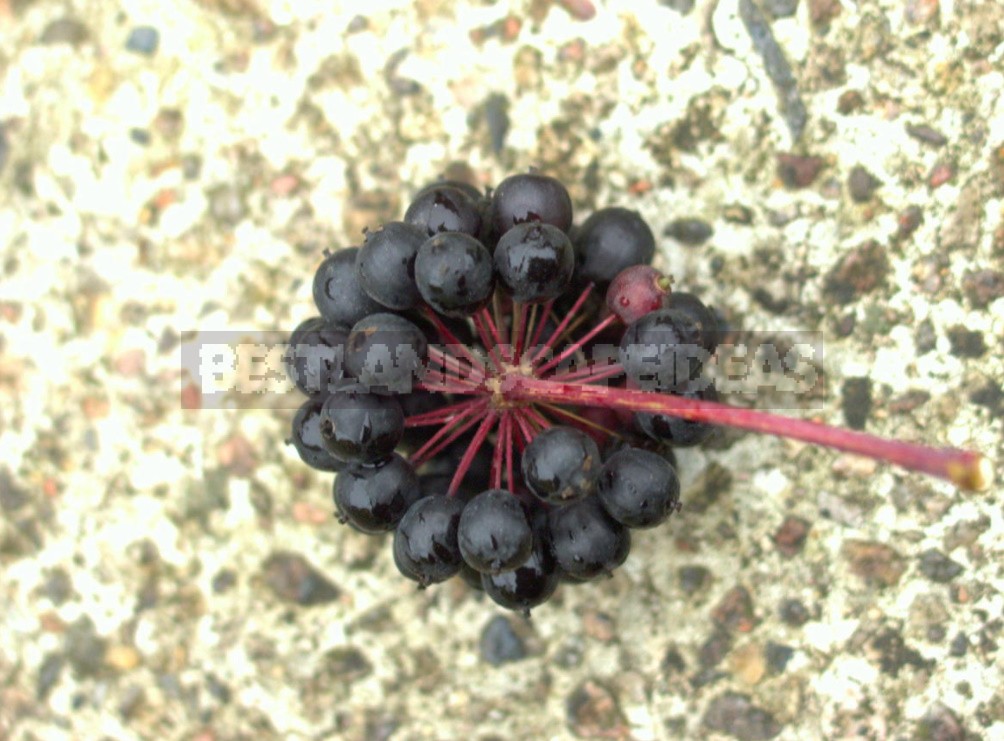
Later, the flowers turn into black shiny berries that are medicinal raw materials: Aralia elata — a close relative of such famous plants as ginseng, Eleutherococcus; it is also part of many medicines.

The plant is stable in the middle zone, reaching a height of up to 4 m. However, in some years, the budding leaves suffer from late spring frosts. But even in this unpleasant case, Aralia elata will not leave your guests indifferent, including those who are generally far from crop production.
I love this plant and recommend it to you.
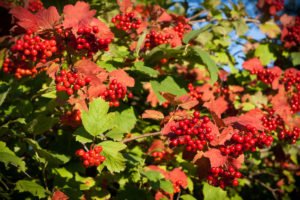

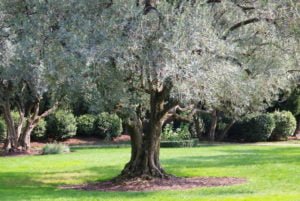

Leave a Reply